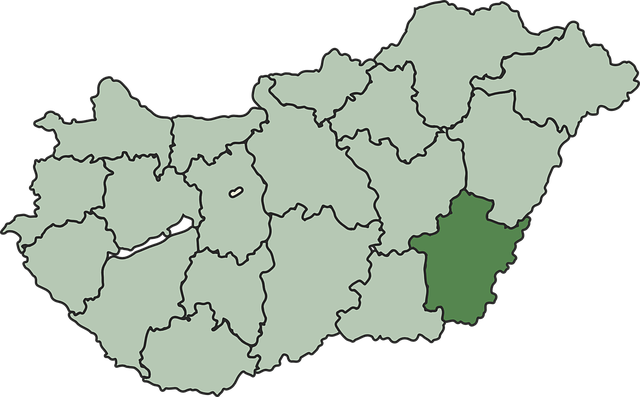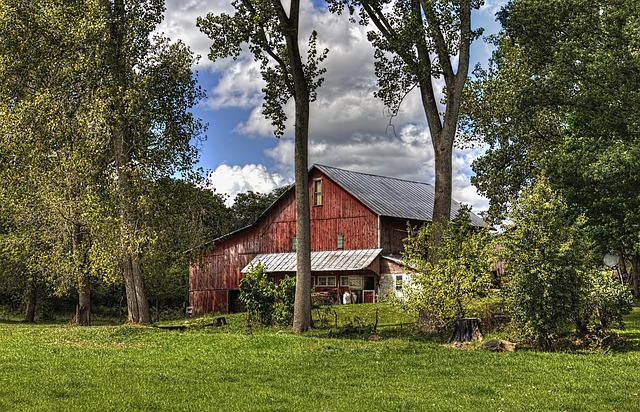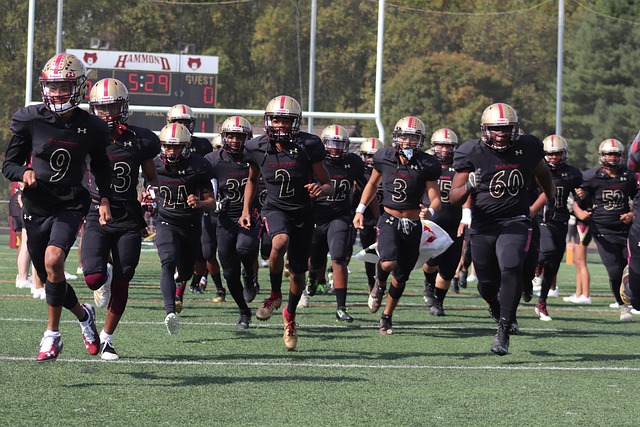In today's dynamic real estate market, understanding the interplay between urban, suburban, and rural areas is crucial. Each offers unique advantages—bustling amenities for young professionals in cities, tranquil spaces in rural areas—blurring traditional boundaries through urbanization and infrastructure development. Real estate experts analyze these trends to provide strategic guidance, cater to diverse client needs, and facilitate smoother transactions. Developers and investors play a significant role in fostering inclusivity by adopting strategies that cater to various demographics, including affordable housing, accessibility, community spaces, and diverse amenities, collaborating with local organizations and residents to create thriving neighborhoods.
In today’s dynamic market, understanding the intricate blend of urban, suburban, and rural areas is crucial for real estate success. This diverse landscape presents unique opportunities and challenges, with each segment evolving at its own pace. From bustling metropolises to tranquil suburbs and rustic countryside, this article explores the latest trends shaping these markets. We delve into how developers and investors can navigate this complexity, fostering inclusivity and creating vibrant, mixed communities. By understanding these dynamics, professionals can capitalize on emerging opportunities in the ever-changing real estate arena.
Understanding the Diverse Market: Unveiling Urban, Suburban, and Rural Trends

In today’s dynamic real estate landscape, understanding the intricate blend of urban, suburban, and rural markets is crucial for both buyers and sellers. Each segment offers a unique set of advantages and challenges, shaped by distinct demographics, lifestyles, and economic factors. Urban areas, characterized by their bustling atmosphere and accessibility to amenities, often appeal to young professionals and families seeking vibrant city life. On the other hand, suburban communities provide a more relaxed pace with easier access to nature and a strong sense of community. Rural settings, known for their tranquility and vast open spaces, are attractive to those seeking quieter environments and closer connections to the land.
By delving into these trends, real estate experts can uncover valuable insights that inform strategic decisions. The diverse preferences and needs of potential homebuyers create a complex yet exciting market. Keeping pace with these shifts allows agents to cater to specific client bases more effectively, ultimately facilitating smoother transactions and fostering a more inclusive housing environment.
The Changing Landscape: How These Areas Are Transforming Real Estate

In recent years, the traditional distinctions between urban, suburban, and rural areas have started to blur, leading to a dynamic transformation in the real estate landscape. As cities expand and urbanize, suburban and rural regions are experiencing unprecedented growth and development. Urban centers, once characterized by dense populations and towering skyscrapers, are now seeing an influx of residents seeking more affordable options outside the city limits. This shift has sparked a chain reaction, as suburbs and rural towns adapt to accommodate new residents with modern amenities and infrastructure.
The changing landscape is reshaping real estate markets across the globe. Urban areas, once the exclusive domain of high-end properties, are now witnessing a surge in affordable housing projects, revitalized neighborhoods, and mixed-use developments. Suburban and rural locations, on the other hand, are embracing modern living with eco-friendly designs, smart home technologies, and innovative community planning. This blend creates a unique opportunity for real estate investors and buyers to explore diverse options tailored to their lifestyles and preferences while reaping the benefits of a connected, integrated world.
Embracing Inclusivity: Strategies for Developers and Investors in a Mixed Community

In mixed urban, suburban, and rural communities, real estate developers and investors play a pivotal role in fostering inclusivity. To create thriving, diverse neighborhoods, they must adopt strategies that cater to various demographics and income levels. This could involve developing affordable housing units alongside high-end properties, ensuring accessibility for people with disabilities, and incorporating community spaces that encourage interaction and belonging.
Implementing inclusive practices requires a thoughtful approach. Developers can collaborate with local organizations and residents to understand unique needs within the mixed community. Offering a diverse range of amenities, such as schools, healthcare facilities, and recreational areas, is essential. Additionally, promoting diversity in employment opportunities and marketing strategies ensures that all segments of the population feel welcomed and represented, contributing to a richer social fabric.






